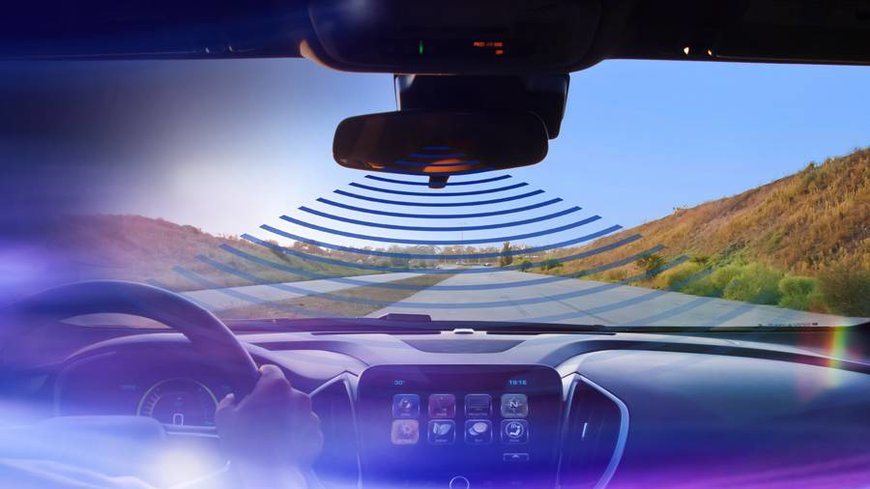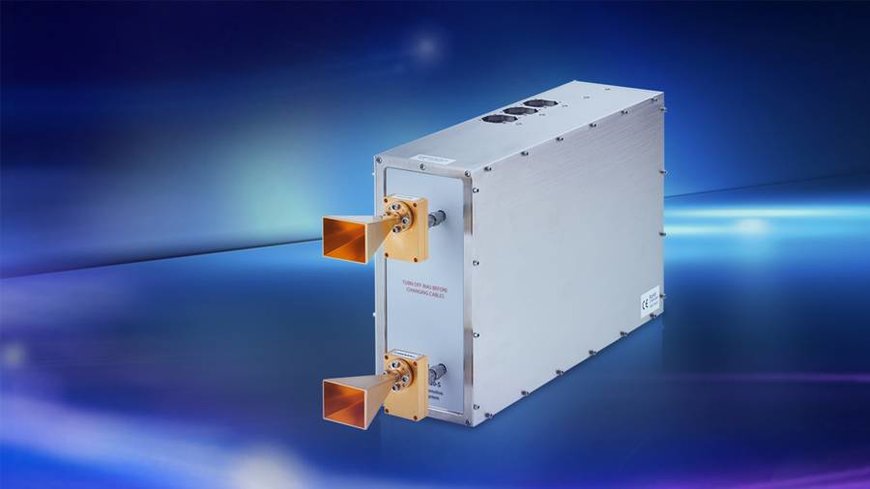dSPACE: Testing In-Cabin Monitoring Systems
Validation of radar-based in-cabin monitoring applications operating at 60 GHz.

- Automated driving also requires monitoring of drivers and passengers in the vehicle
- Radar sensors are key to detecting occupants – including human vital signs
- The functionality and safety of in-cabin monitoring systems can be validated by over-the-air radar target simulation
- dSPACE provides radar target simulators with particularly small RF front ends, which are ideal for use in the vehicle cabin
- The precision and simulation options of the DARTS hardware meet the requirements for the detection of vital signs using micro-Doppler
Automated driving level 3 and up requires monitoring of the driver and passengers in the vehicle cabin. Features such as driver status monitoring (DSM) will be an integral part of the European New Car Assessment Program (Euro NCAP) for passenger cars as of 2023. DSM systems are designed to detect driver distraction, fatigue, and unresponsiveness to ensure that the driver can take over the steering wheel at any time and that passengers remain in their seats.
The radar sensors used for this operate in the V-band at 60 GHz. Flexible, precise test systems are required to check whether the radar sensor reliably detects the occupants in various test scenarios. In particular, if the entire chain of effects of the radar sensor is to be considered under vehicle cabin conditions, over-the-air testing is required.

The Solution
For the tests of radars operating in the V-band, the dSPACE Automotive Radar Test System (DARTS) equipped with the HBC-7066V converter enables the simulation of radar targets for in-cabin applications. The high precision of DARTS lets you validate functions such as monitoring and detection of drivers and passengers, including children in infant car seats. The DARTS hardware even meets the requirements for the detection of vital signs using micro-Doppler.
Accurate and flexible testing of in-cabin radar applications has never been easier. The convenient over-the-air validation method of DARTS enables validation of the entire sensor transmission channel. In addition, the small size of the radar front ends makes them ideal for convenient in-cabin use. In combination with various DARTS base devices, special test requirements such as distances of less than one meter or processing bandwidths of up to 5 GHz can be supported.
DARTS operating at 60 GHz can be used in all key development phases, from chip design to sensor development to end-of-line testing of in-cabin applications, such as:
- In-cabin monitoring systems (IMS)
- Driver monitoring system (DMS)
- Occupant monitoring systems (OMS)
- Driver status monitoring (DSM)

